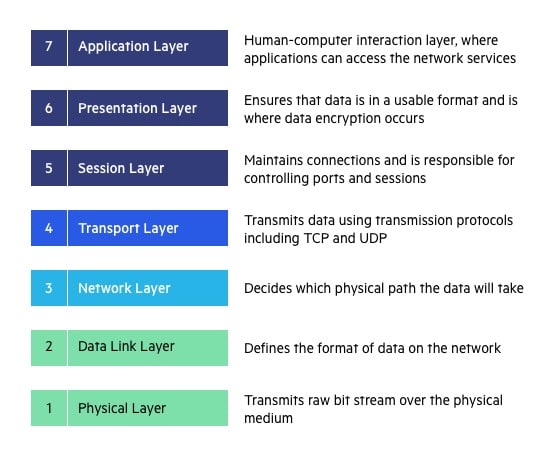The Open Systems Interconnection (OSI) model breaks down data transmission standards, processes, and protocols into seven layers. Layer 1, the Physical Layer, is where the differences between Coax, Twisted Pair, Fiber and Wireless all lie. Ethernet is a Layer 2 protocol, as was IBMs Token Ring. TCP/IP, and once popular but now forgotten NetBEUI and Novell IPX, all are Layer 3 and 4 Protocols.
The beauty of all this is the ability to interchange technologies, Layer 1 media in this case, without having to redesign the entirety of the whole stack. Likewise, the shared bandwidth and scalability shortcomings of the CSMA/CD implementation of Ethernet at Layer 2 were addressed with the introduction of Ethernet Switching. The extensability of networks via routable protocols like the now ubiquitous TCP/IP and UDP enabled creation of the internet as we know it.

And our DACs? That all happens up at the top of the stack at Layer 7 - and above.
So this isn't about one of us being right or wrong, or having an opinion, or changes in the language. This is about trying to get everyone on the same page when it comes to how digital audio actually works. There is no discussing if Ethernet works, it's settled science. There is no opinion as to whether TCP/IP assures bit perfect delivery - it is inherent in the protocol, initially designed so a network could survive a nuclear war. These things simply have to be or nothing would - or could - connect.
As our hobby becomes increasingly underlaid with digital infrastructure, it behooves everyone to take a few minutes to understand these basics so we can all focus on the music.


